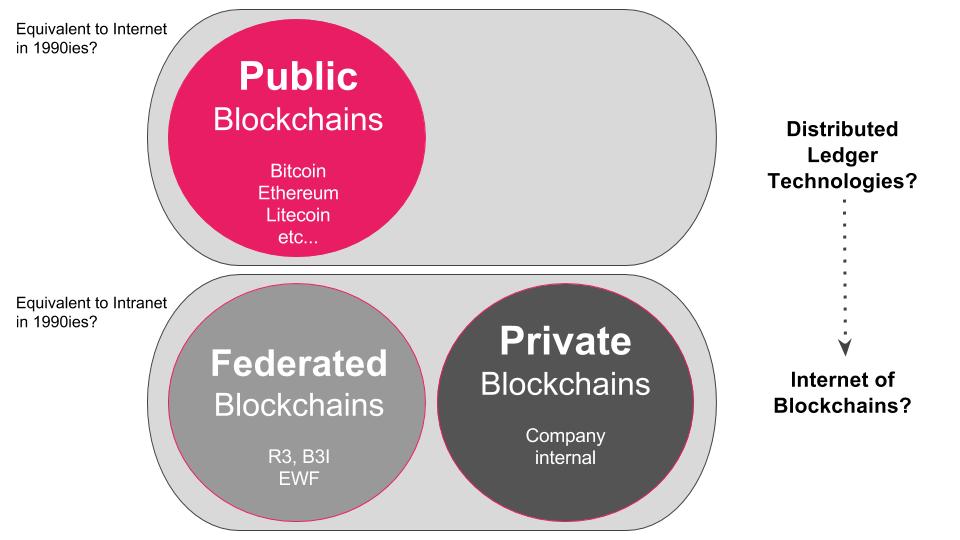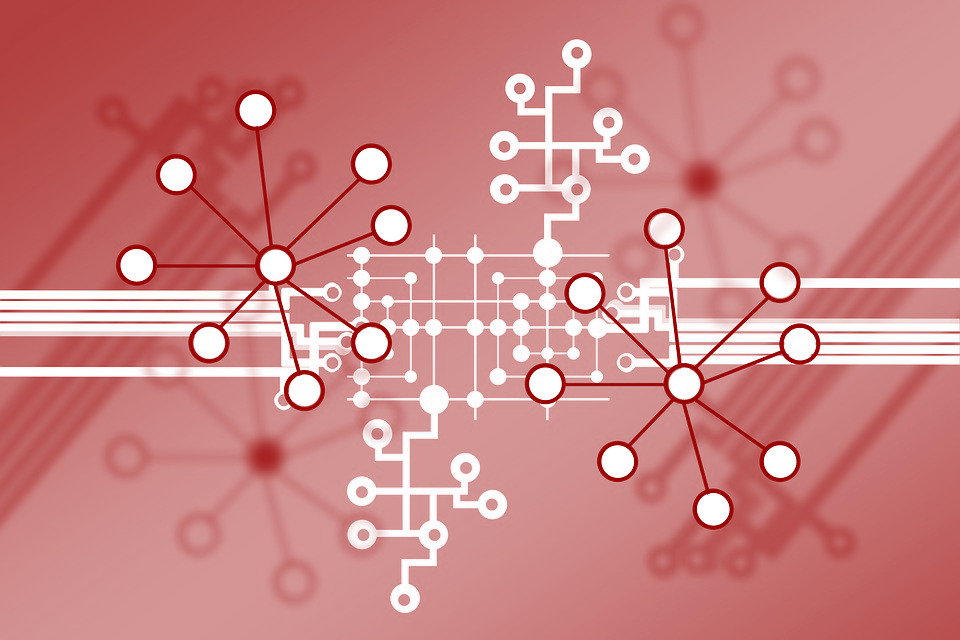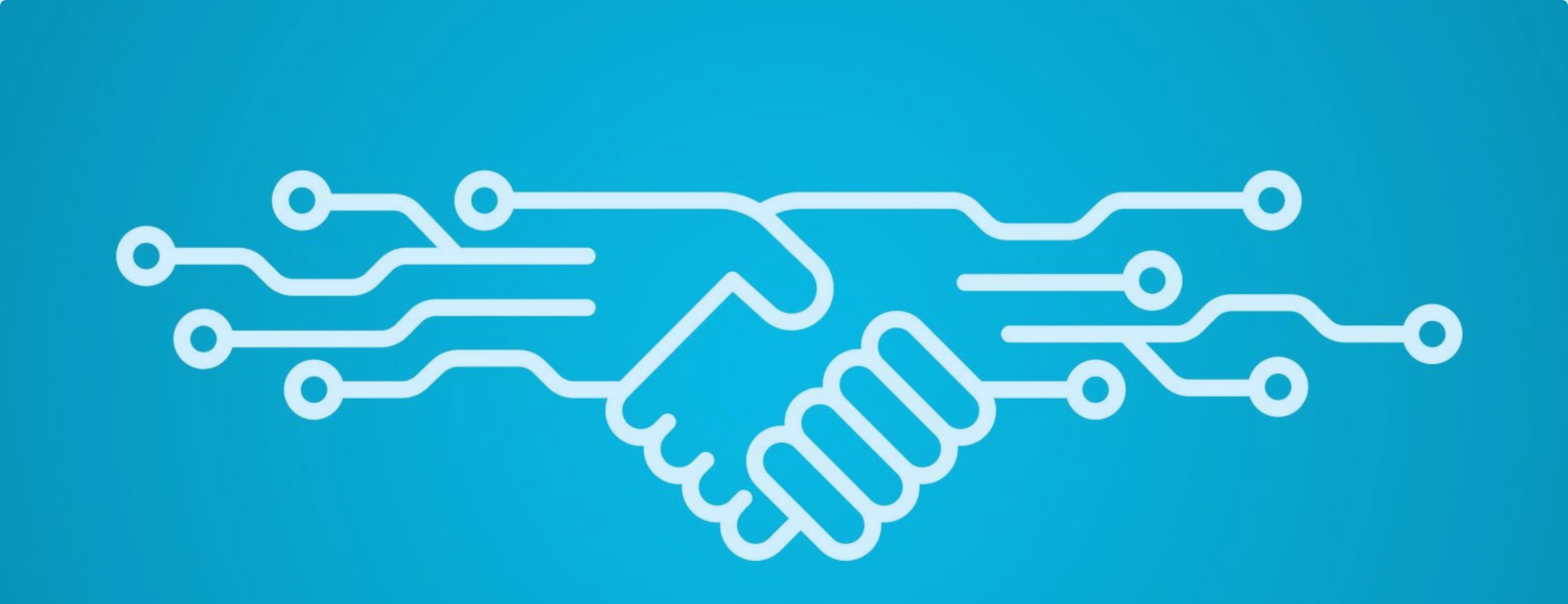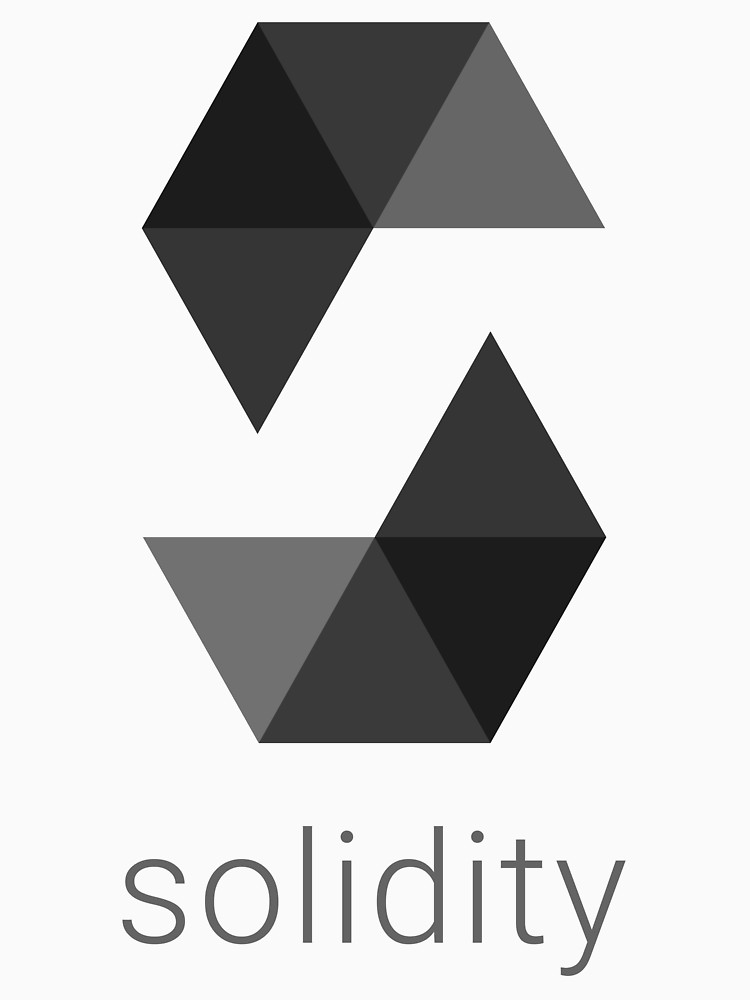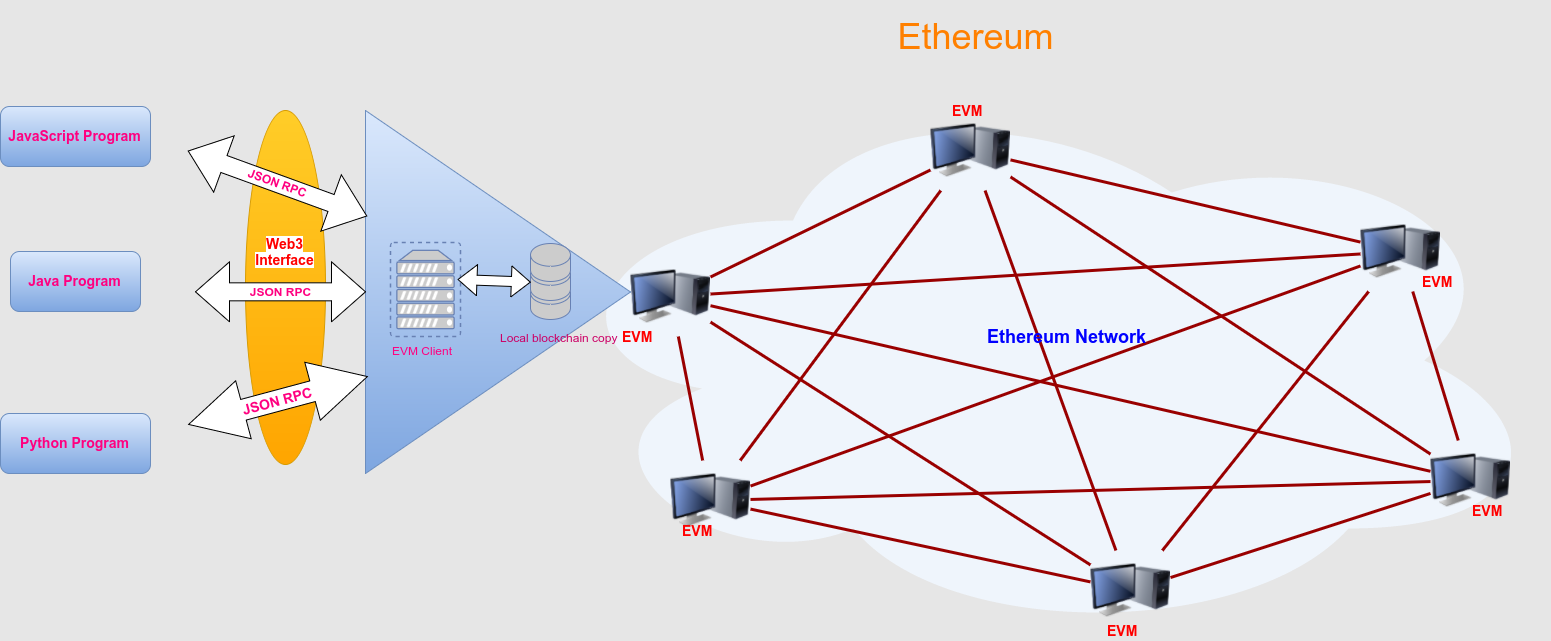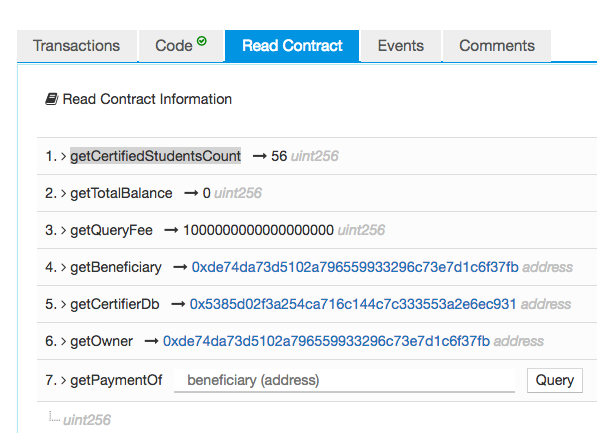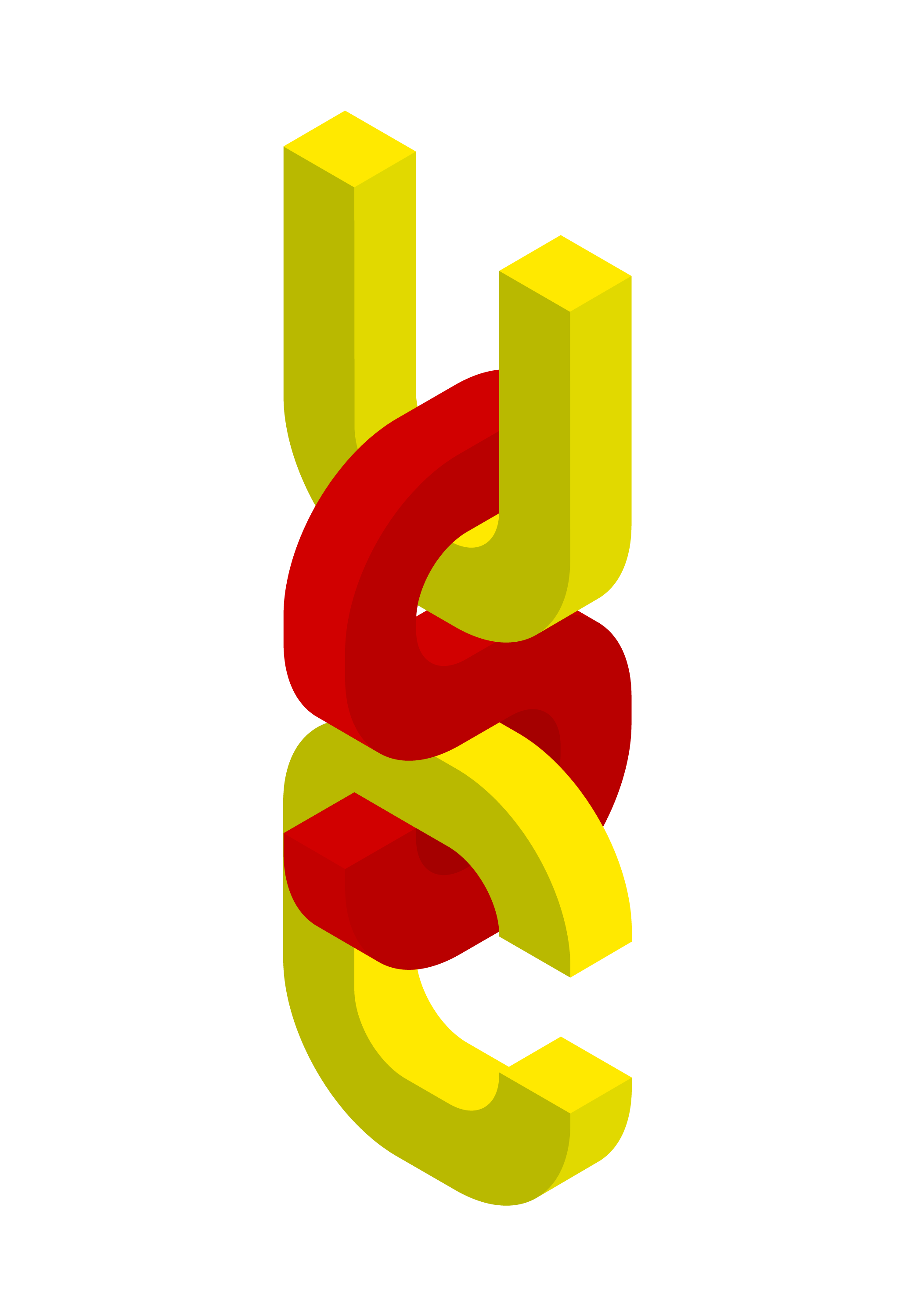
Blockchain Tutorials
Complied By Bhaskar Krishnamachari, Gowri Sankar Ramachandran, Martin Arturo Martinez Espinoza, Pavas Navaney, and Shen Zhun
What is Blockchain?
Blockchain, the technology behind Bitcoin, seems to be the driving technology behind the next generation of Internet, also referred to as the Decentralized Web, or the Web3. Blockchain is a novel solution to the age-old human problem of trust. It provides an architecture for so-called trustless trust. It allows us to trust the outputs of the system without trusting any actor within it…
INTRODUCTION TO BLOCKCHAIN AND DISTRIBUTED LEDGER TECHNOLOGY
Blockchain & Distributed Ledger Technologies
The Bitcoin White Paper was published by Satoshi Nakamoto in 2008; the first Bitcoin block got mined in 2009. Since the Bitcoin protocol is open source, anyone could take the protocol, fork it (modify the code), and start their own version of P2P money. Many so-called altcoins emerged and tried to be a better, faster or more anonymous than Bitcoin. Soon the code was not only altered to create better cryptocurrencies, but some projects also tried to alter the idea of blockchain beyond the use case of P2P…
BLOCKCHAIN TECHNOLOGIES: A TUTORIAL FOR ENGINEERING FACULTY AND RESEARCHERS
With the soaring price of Bitcoin, and other initial coin offerings raising vast amounts of money this year, some are excited while others fear we are in the midst of another financial bubble. But, setting aside the financial speculation, there is significant potential for engineering innovations and social impact using the Blockchain technologies underlying cryptocurrencies…
A Beginner’s Guide to Smart Contracts
One of the best things about the blockchain is that, because it is a decentralized system that exists between all permitted parties, there’s no need to pay intermediaries (Middlemen) and it saves you time and conflict. Blockchains have their problems, but they are rated, undeniably, faster, cheaper, and more secure than traditional systems, which is why banks and governments are turning to them.
In 1994, Nick Szabo, a legal scholar…
IOTA
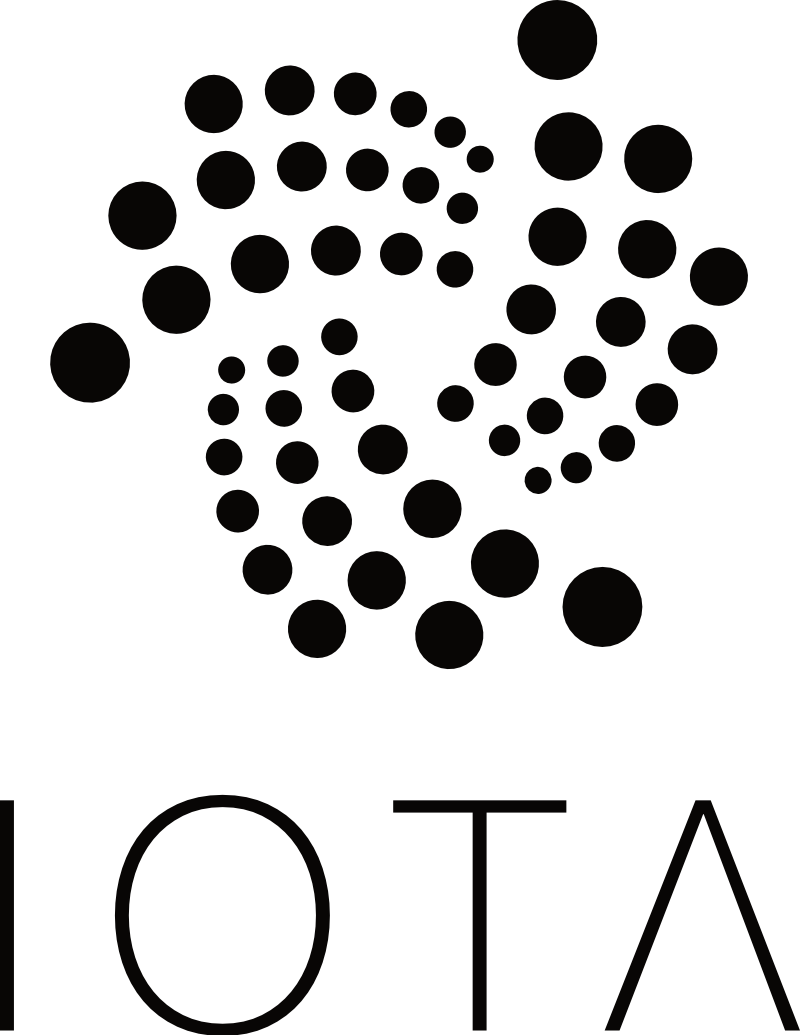
IOTA is a distributed ledger technology with a native token. The Tangle, the data structure it uses, has a number of advantages when it comes to performance and cost.
IOTA Hackathon Resources
IOTA Tutorials
IOTA Developer Documentation
HYPERLEDGER FABRIC
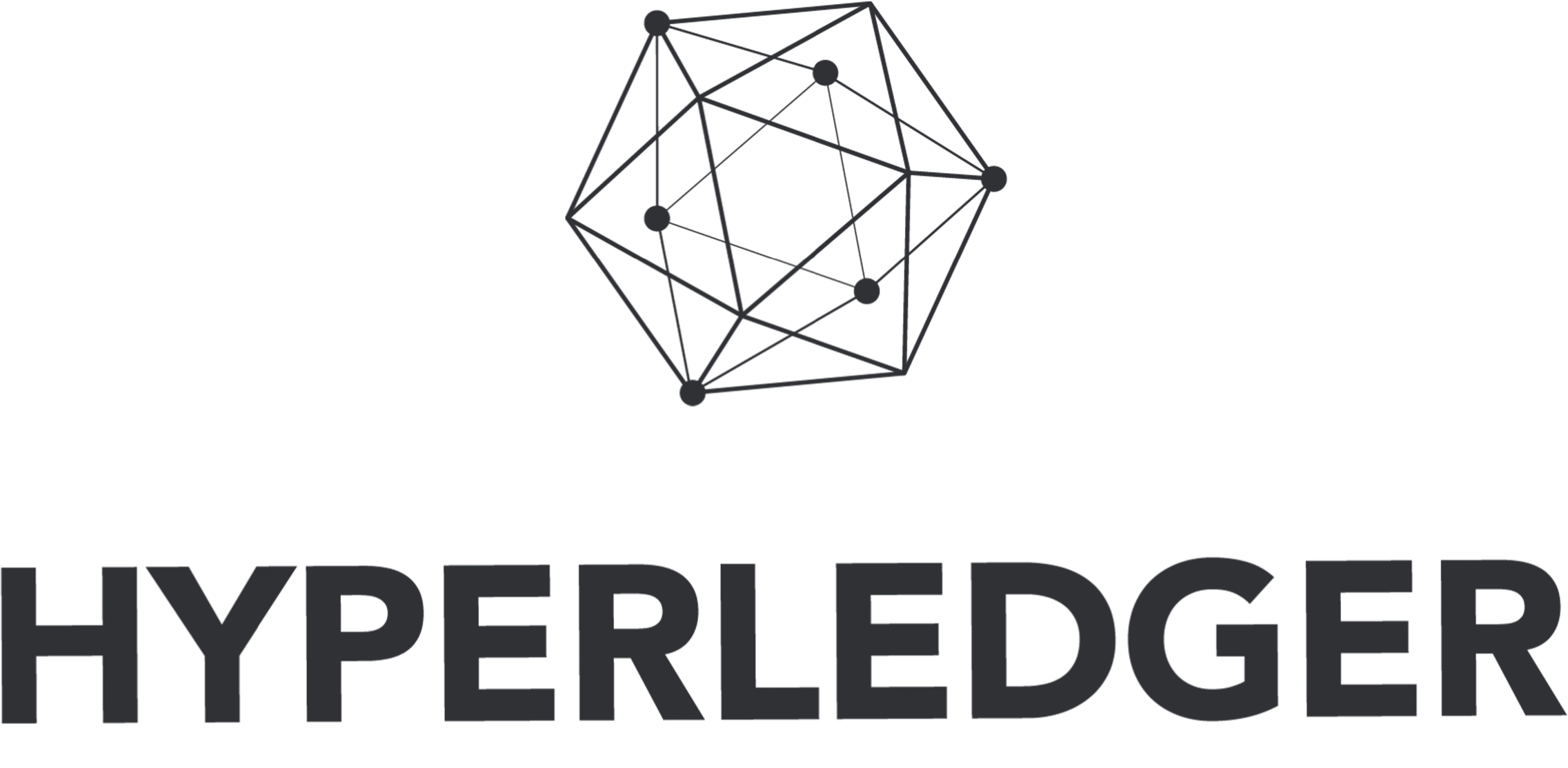
Hyperledger Fabric
If you continue watching the videos, there is a playlist with everything about what is the fabric and applications as well as installation tutorials.
Model and Test Your Blockchain Network
This tutorial gets you started developing a blockchain network. I’ll introduce you to Hyperledger Composer and its user interface, Hyperledger Composer Playground, where you can model and test your network with nothing more than Docker and your web browser.
In Part 2, you’ll learn how to refine and deploy your blockchain network, and in Part 3, you’ll see how to install Hyperledger Fabric on your computer, deploy your business network to your local instance, and interact with the sample network blockchain application…
ETHEREUM
Solidity
Solidity is an object-oriented, high-level language for implementing smart contracts. Smart contracts are programs which govern the behaviour of accounts within the Ethereum state.
Solidity was influenced by C++, Python and JavaScript and is designed to target the Ethereum Virtual Machine (EVM).
Solidity is statically typed, supports inheritance, libraries and complex user-defined types among other features…
Introduction to Web3 and Interaction with Smart Contracts
Hey everybody, it’s Gregory from Dapp University!
Today I’m going to you how to get started using the Web3.js library, the main JavaScript library for interacting with The Ethereum Blockchain. I’ll show you what Web3.js is, how to use it to talk to the Ethereum blockchain in this 8-part tutorial series…
Intersection of Infura , IPFS and Web3 (Advanced)
There are a lot of pain points being faced by blockchain which may be solved by Infura and/or the InterPlanetary File System (IPFS), to some extent. These are the main challenges:
- It’s expensive to store data on the Ethereum blockchain
- It’s tough to configure an Ethereum geth client
- It’s tough to scale the infrastructure…
Using Truffle Framework for building DApps (Advanced)
The best way to query a deployed ethereum contract is via the web3.js library and the ethereum wiki has very good documentation on it.
Web3 talks to the Ethereum node via RPC calls. However, most Ethereum developers (including myself) are more familiar with the truffle frameworkwhich abstracts our interaction with the web3 library. To get an…
CYBERMILES
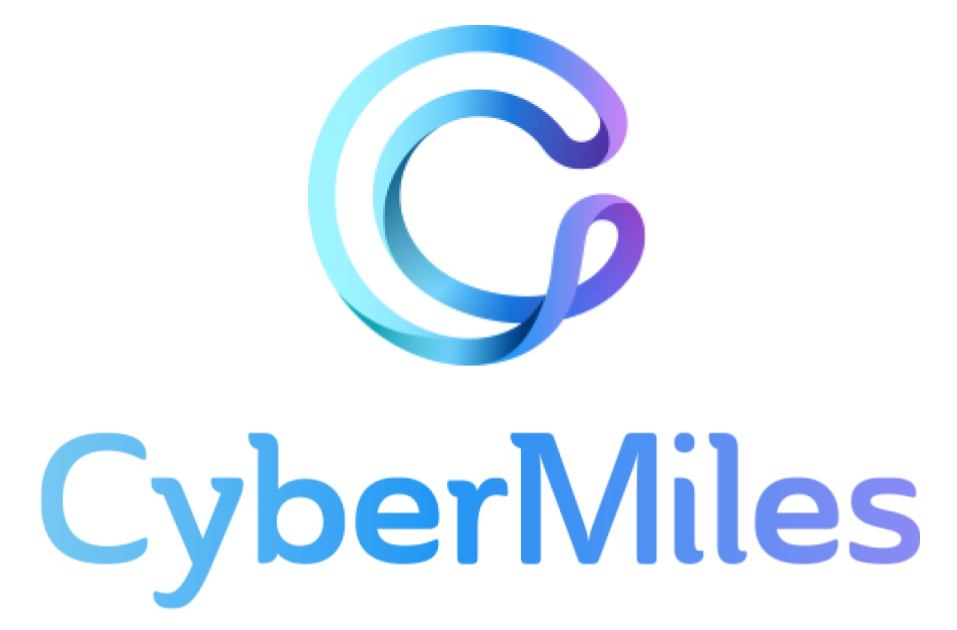
Developer Portal
Past Workshops
BlockExplorer For CMT
Lity (Solidity v0.4.21 Compatible)
Europa (Online Smart Contract IDE)
MetaMask For CMT
CyberMiles Nodes ReadTheDocs
CONTACT US
For any questions or inquiries, please reach us at blockathon19@blockathon.usc.edu

